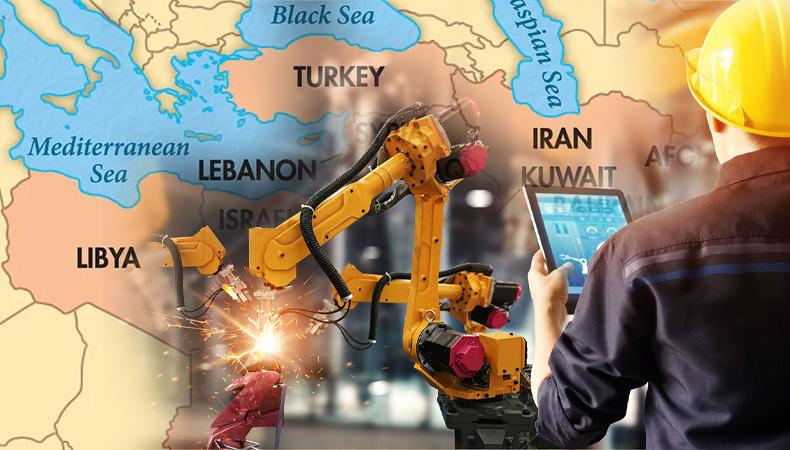Why Are Middle Eastern Economies Moving Towards Localisation?

Like the US and India, Middle Eastern nations are also looking at getting into localizing their own products. The made at home policy is gradually becoming the best way to attract investment back into the country. Middle Eastern countries for example are eyeing an investment of $125 billion that would help bring back moolah as they make a headway into localizing high tech industries.
If you want to secure supply of parts integral to business cycles, localizing them is a good bet, a recent study has stated. A study by Strategy & Middle East, part of PWC has found out that advanced materials, advanced components and advanced products — are expected to drive investments and economic growth and diversification. In order to harness this opportunity, it is a good idea to localize their production inhouse.
The report has further said that there are three products to look out for, for maximum returns- in particular it is semiconductors, sensors and robots for industrial or general-purpose use. All these could provide an estimated $25bn in revenue by 2025.
This is one reason that the Middle East economies are seriously stepping up their efforts to become major players in the global technology scene, with several initiatives rolled out in the direction.
According to the report, the Middle East governments are for this reason also pursuing economic diversification and localisation need, in order to realise that a technology manufacturing footprint is a linchpin. The market for industrial and service robots, and Internet of Things products in the region could reach $4bn and $1.5bn, respectively, by 2025, according to the study.
“As a result, competition among countries — to stake claims on tech segments, gain first-mover advantage and attract as tenants global tech companies looking to establish a regional foothold — will be fierce,” the report said.




